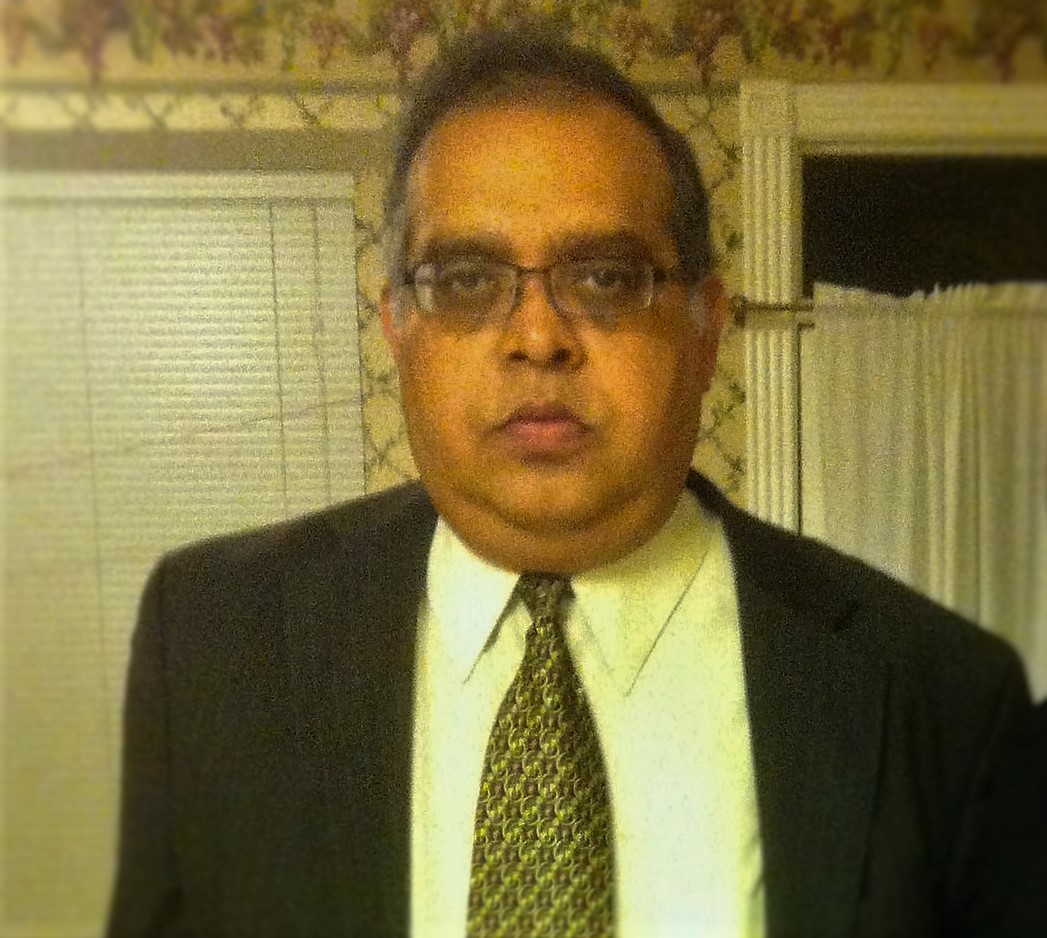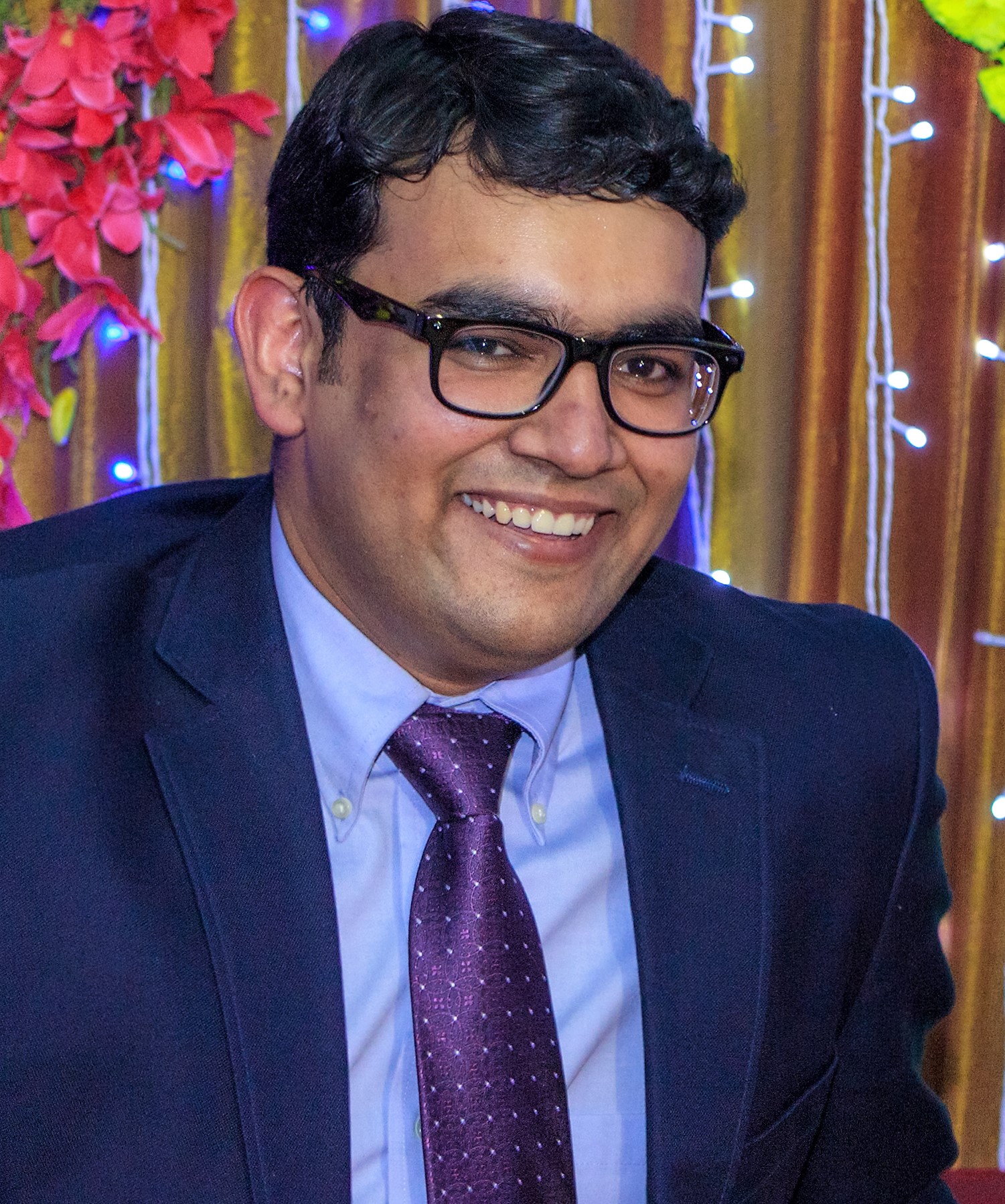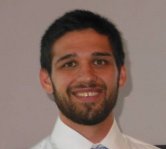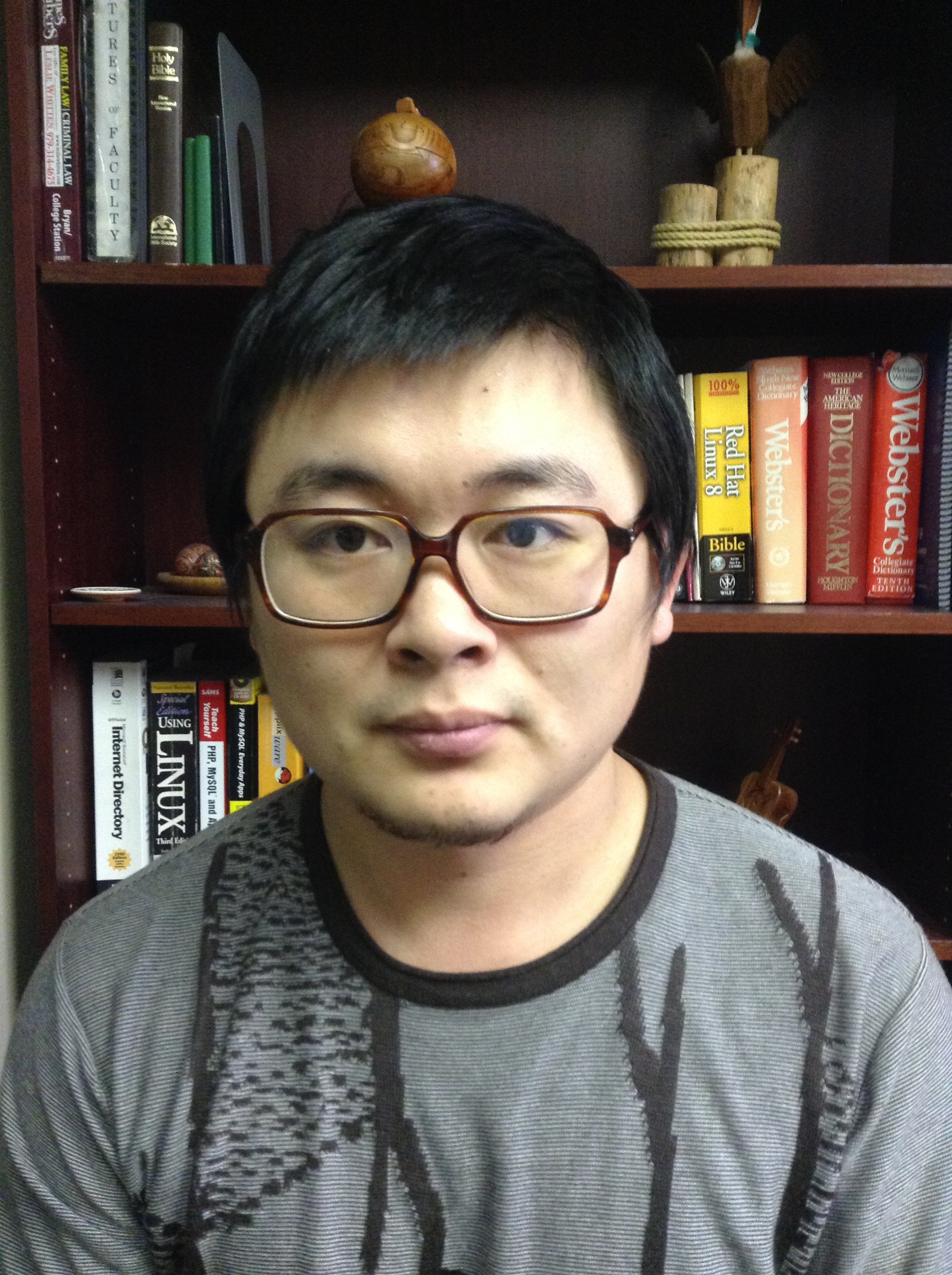Please visit this page as often as you please as new opportunities may arise for some of you interested in this area.
Research in the area of stability and computations of Hele-Shaw and porous media flows is an ongoing program under my supervision. Some of the problems we have worked on and still working on are very fundamental in nature and suitable for Ph. D. students and postdoctoral scholars with interest in one or more of the following areas: nonlinear PDEs, linear and nonlinear hydrodynamic stability, fluid dynamics (theoretical and computational), dynamical systems, numerical analysis and scientific computation. Porous media flows within Hele-Shaw models are relatively easier to analyze and experiment (physical and numerical) with that have been found very useful and have been very revealing of many nonlinear pattern formations that are found in nature. Therefore there has been significant interest in studying Hele-Shaw flows since fifties. These studies involve single interface separating two layers of immiscible fluids. Multi-layer counterpart of such flows have relevance for chemical enhanced oil recovery and for many other situations. The paper ``Hydrodynamic Stability of Multi-Layer Hele-Shaw Flows" (J. Stat. Mech. 2008 (2008) doi: 10.1088/1742-5468/2008/12/P12005) and subsequent related papers (see /~daripa/pubs/allpubs/) established the field of multilayer Hele-Shaw flows. One example on the application side of this problem is the chemical enhanced oil recovery in which many fluids are injected in sequence and modeling requires Buckley-Leverett model instead of Hele-Shaw model. The analysis with the Buckley-Leverett model as such is much harder because of of the nonlinear wave patterns that such flows can support. The problem becomes even more daunting and challenging in the presence of components and non-Newtonian (viscoelastic) effects which are essential for modeling EOR processes correctly. The papers ``Polymer Floods: A Case Study of Nonlinear Wave Analysis And of Instability Control In Tertiary Oil Recovery" (SIAM J. Appl. Math., 48, pp. 353-373, 1988) and ``Modeling and Simulation of Surfactant-Polymer Flooding using a New Hybrid Method" (J. Comp. Phys., 335, pp. 249-282, 2017; doi:10.1016/j.jcp.2017.01.038) are key fundamental papers on these aspects, specially on the nonlinear wave patterns, nonlinear dynamics, and modeling of associated flow processes in porous media. Further research in this area is ongoing. You are welcome to inquire about these by emailing me (daripa@math.tamu.edu) and get involved.
To know more about these Read more
People:

Prabir Daripa
|

Sourav Dutta
|

Craig Gin
|

Zhiying Hai
|
External Collaborators (Past and Present)